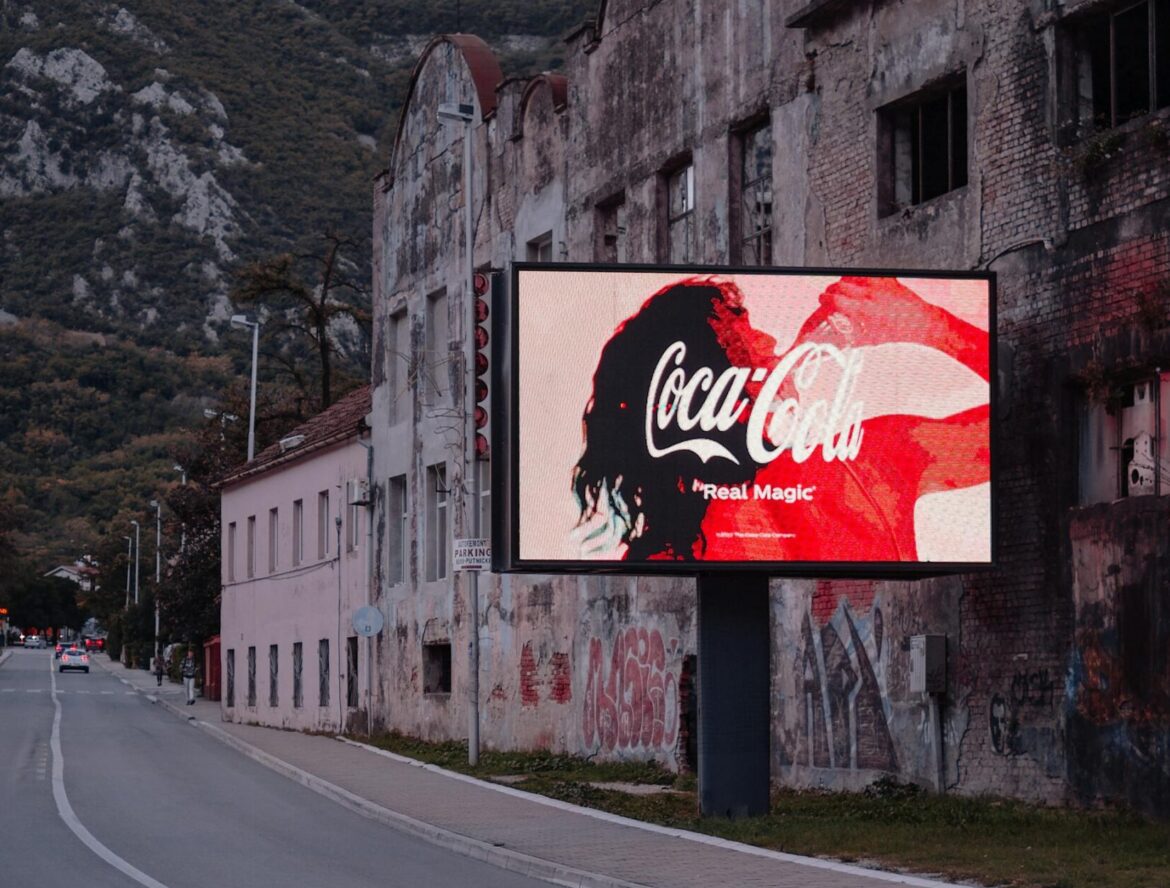In the heart of New York, where lights never fade and advertisements compete for attention, one form of outdoor advertising has emerged as the clear frontrunner: digital billboards. With their ability to showcase dynamic, high-resolution content in real time, digital billboards are not just enhancing traditional outdoor advertising; they are transforming it.
From the towering displays in Times Square to the strategically placed digital ads along highways and transit hubs, brands are leveraging this cutting-edge technology to create more engaging, responsive, and impactful campaigns. As businesses move away from static billboards, digital billboards in New York are setting a new standard for visibility, flexibility, and audience engagement.
The Evolution of Outdoor Advertising in New York
New York has long been an advertising powerhouse. From painted wall ads in the early 1900s to the neon-lit billboards of Broadway, outdoor advertising has evolved significantly. However, nothing has reshaped the industry quite like digital billboards. These dynamic displays offer features that were unimaginable with traditional static billboards, making them the go-to medium for brands looking to make an impact in one of the world’s busiest cities.
Unlike static billboards that display the same message for weeks or months, digital billboards allow advertisers to update content instantly, delivering real-time promotions, interactive ads, and data-driven campaigns. This flexibility is revolutionizing the way businesses engage with their audience.
Why Digital Billboards Are Transforming Outdoor Advertising
1. Real-Time Content Updates and Campaign Flexibility
One of the most significant advantages of digital billboards in New York is their ability to adapt in real time. Advertisers no longer need to print and replace billboards manually. Instead, they can modify content at a moment’s notice, making it easier to promote time-sensitive deals, breaking news, or event-based advertising. Whether it’s a flash sale, sports result, or weather-based promotion, digital billboards keep content fresh and relevant.
2. Higher Engagement with Motion and Interactivity
Static billboards can be effective, but they lack the ability to capture attention in the way digital billboards do. With motion graphics, video content, and interactive elements, digital billboards create a more engaging experience for viewers. Studies show that animated content is significantly more effective at capturing consumer attention than static ads, making digital billboards in New York a prime choice for brands looking to stand out.
3. Greater Ad Targeting and Scheduling Capabilities
Traditional billboards display one message 24/7, but digital billboards can rotate multiple advertisements throughout the day. Advertisers can schedule their ads based on:
- Time of day: Show a breakfast promotion in the morning and a dinner ad in the evening.
- Weather conditions: Promote hot coffee when it’s cold and iced drinks when it’s hot.
- Event-based marketing: Display relevant ads during concerts, sports events, or public holidays.
This level of customization ensures that brands reach their audience at the right moment with the right message.
Digital Billboards and the New York City Landscape
New York City is home to some of the most iconic digital billboards in the world. Times Square alone features dozens of massive, high-definition screens that attract millions of tourists and locals daily. Beyond Times Square, digital billboards are transforming advertising in other key locations:
- Transit Stations: Digital screens in subways, train stations, and bus terminals allow brands to engage with commuters.
- Highways and Bridges: Large roadside digital billboards target drivers and passengers, ensuring high visibility for brands.
- Retail Districts: Shopping areas like Fifth Avenue and SoHo are prime locations for luxury brands leveraging digital screens to attract customers.
These strategic placements make digital billboards a crucial element of modern outdoor advertising in New York.
The Cost and ROI of Digital Billboards in New York
While digital billboards often come with higher upfront costs than traditional billboards, the return on investment (ROI) is significantly higher due to the ability to run multiple ads and target specific audiences. Here’s why businesses are making the switch:
- More impressions per dollar spent – The ability to display multiple ads means more exposure for the same investment.
- Higher engagement rates – Moving visuals and real-time content updates attract more attention than static ads.
- Data-driven performance tracking – Many digital billboards offer insights into audience demographics, engagement rates, and effectiveness, allowing advertisers to optimize campaigns for better performance.
The Future of Digital Billboards in New York
As technology continues to advance, the future of digital billboards in New York looks even more promising. Here are some trends shaping the next generation of outdoor advertising:
- Programmatic Advertising: Automated, data-driven ad placements ensure brands reach their ideal audience at the best times.
- Augmented Reality (AR) Integration: Interactive billboards that allow consumers to engage with ads through their smartphones.
- Artificial Intelligence (AI) Optimization: AI-driven ad content that adapts based on real-time data such as foot traffic and customer behavior.
With these innovations, digital billboards will continue to transform outdoor advertising, making it smarter, more targeted, and more impactful than ever before.
The rise of digital billboards in New York is redefining outdoor advertising. With real-time updates, engaging visuals, and advanced targeting capabilities, they offer unparalleled advantages over traditional billboards. As brands look for more effective ways to connect with consumers, digital billboards are proving to be the future of high-impact advertising in the city that never sleeps.
For businesses that want to stay ahead of the competition, investing in digital billboards is no longer just an option—it’s a necessity in today’s fast-evolving advertising landscape.
